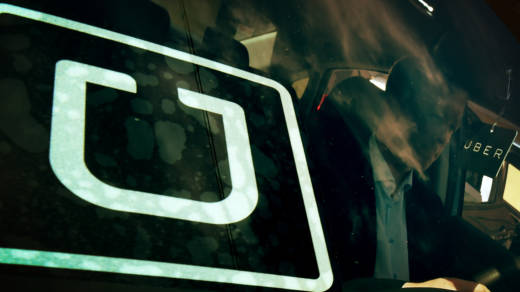A researcher at the Massachusetts Institute of Technology says he's revising a study he co-authored after admitting that "criticism is valid" of initial findings that Uber and Lyft drivers are making a median pretax profit of $3.37 an hour and a vast majority are making less than minimum wage.
Uber said the working paper had "a major error in the authors' methodology."
Using one new method of calculating the median profit that incorporates Uber's criticism, the figure "rises to $8.55/hour from the $3.37 initially reported," lead author Stephen Zoepf wrote in a statement posted to Twitter on Monday. And using another alternate method, the median profit goes up to $10 an hour.
In each new calculation method a significant percentage of drivers are still earning less than minimum wage in their state -- 54 percent in the first case or 41 percent in the second case, according to Zoepf. That is down from 74 percent of drivers the researchers originally said were making less than minimum wage.
The new results significantly change the percentage of drivers who are losing money by driving. The MIT authors originally said 30 percent of drivers were losing money after taking into account vehicle expenses. Now, Zoepf says that number is either 8 percent or 4 percent.


9(MDAxOTAwOTE4MDEyMTkxMDAzNjczZDljZA004))